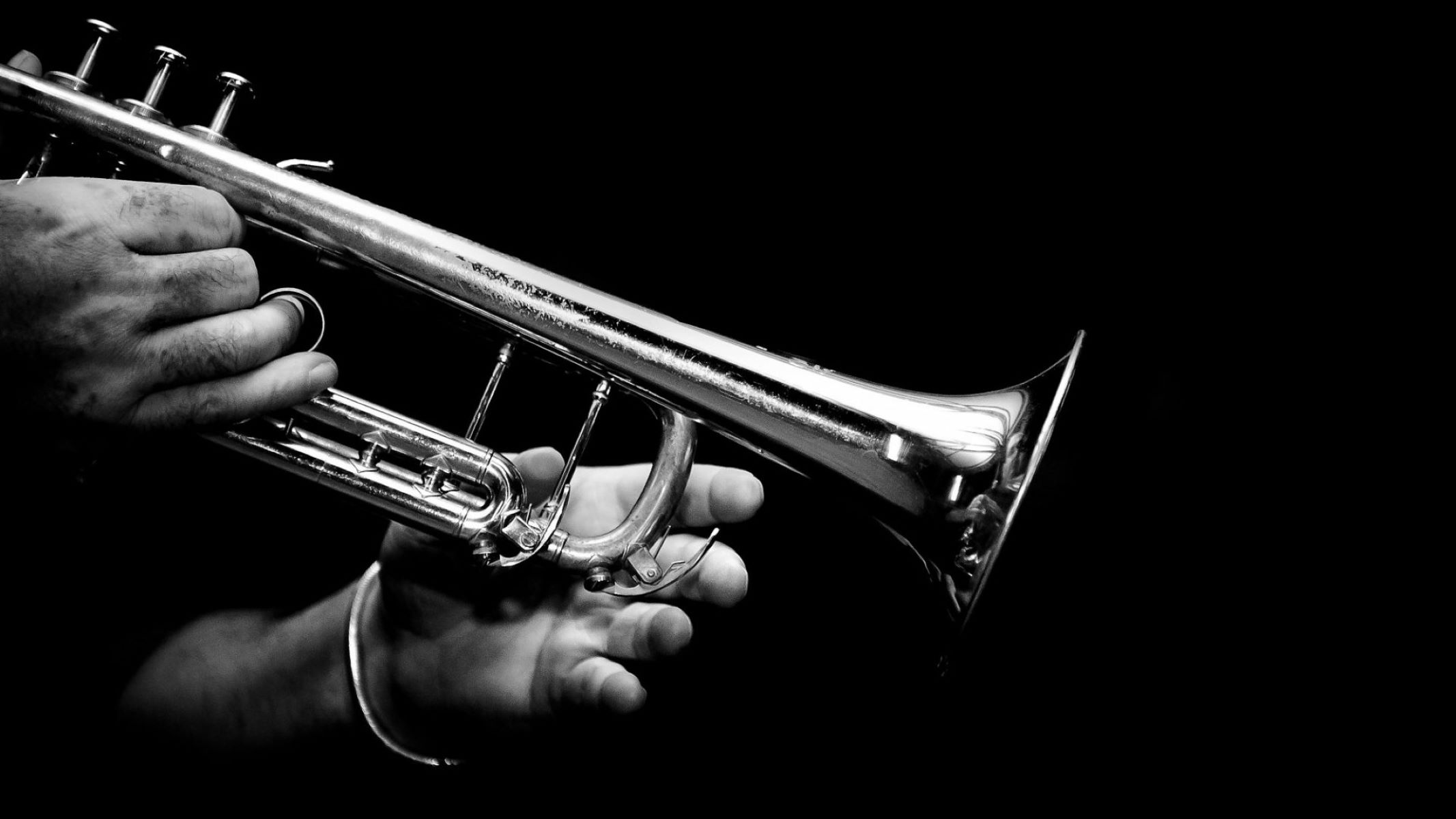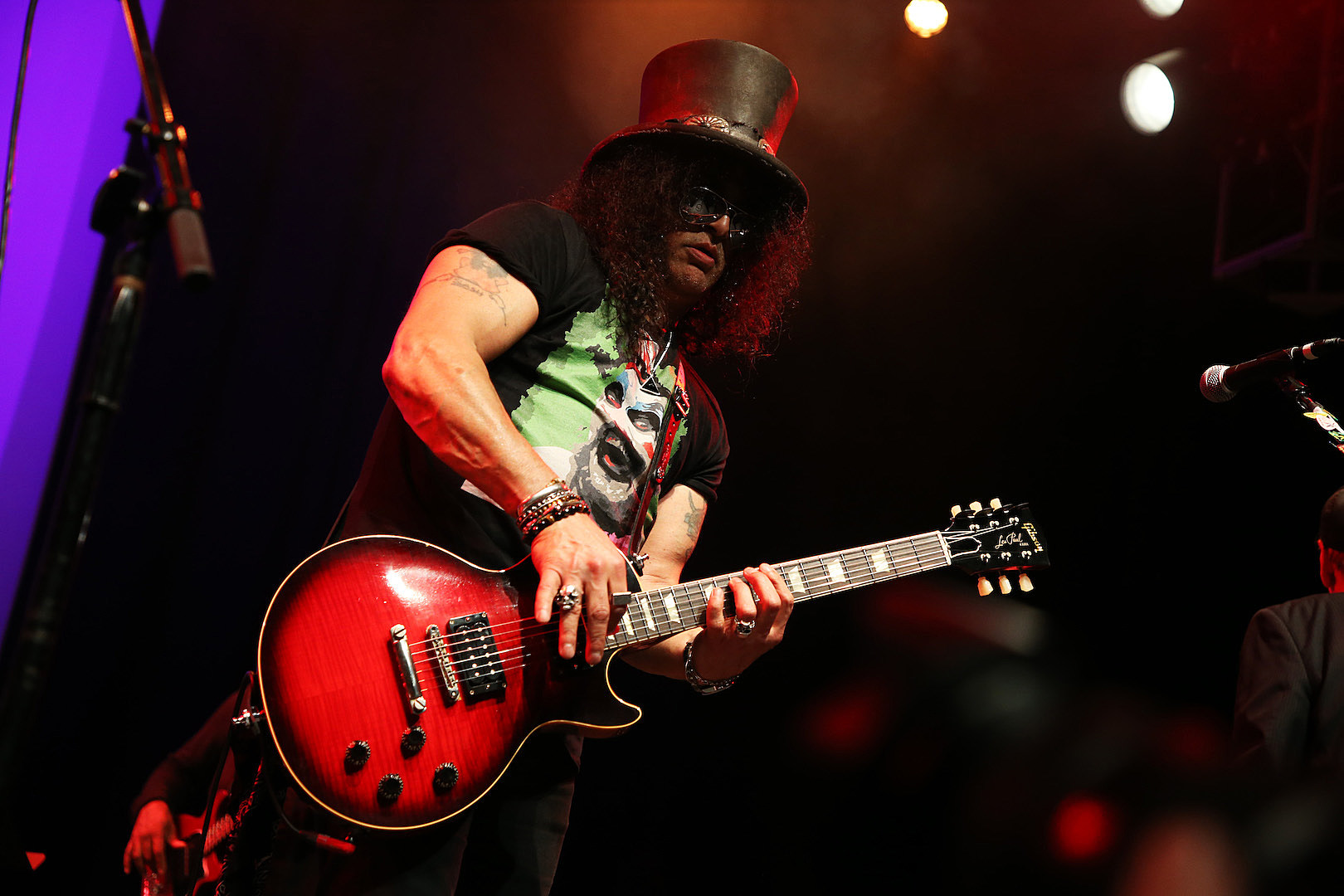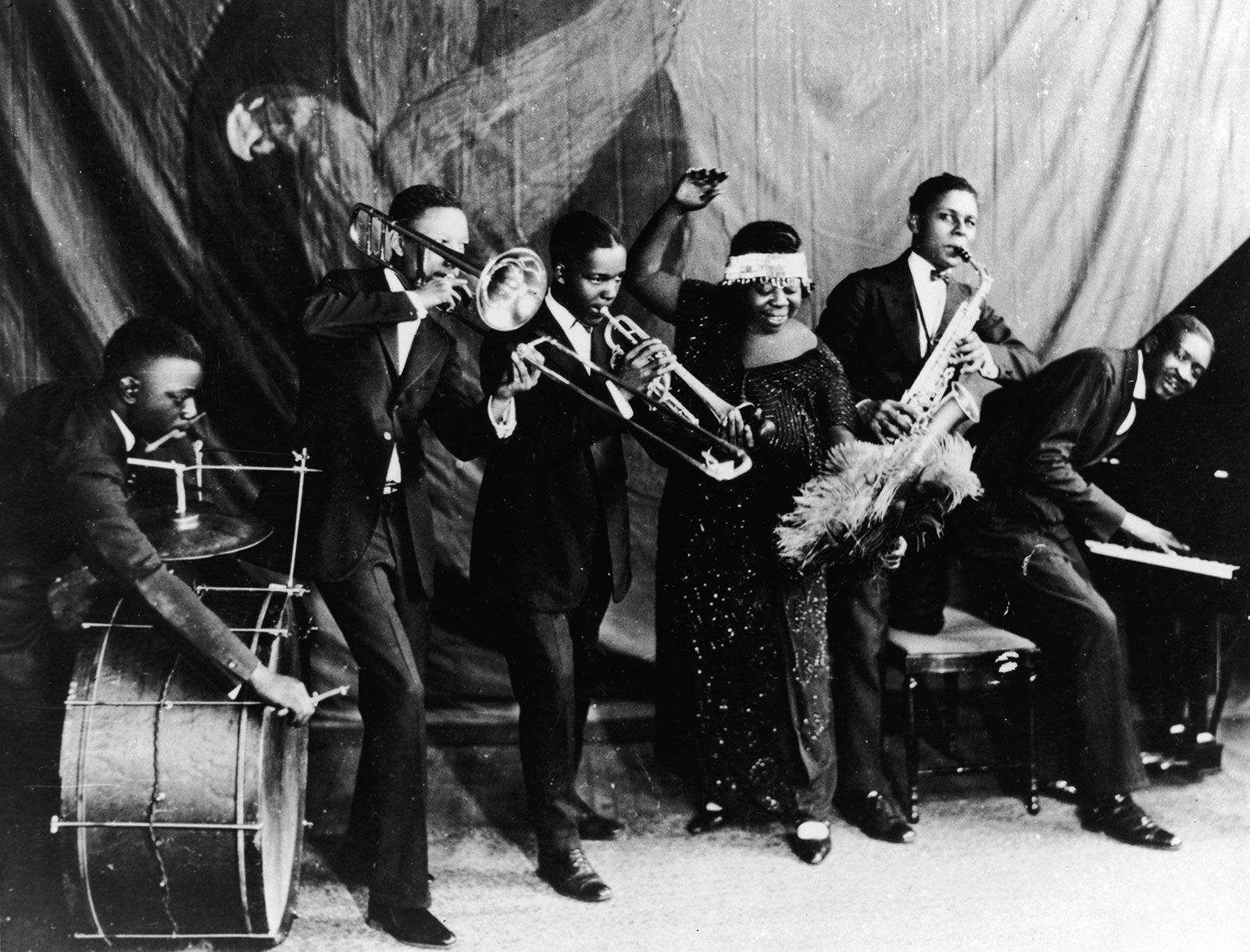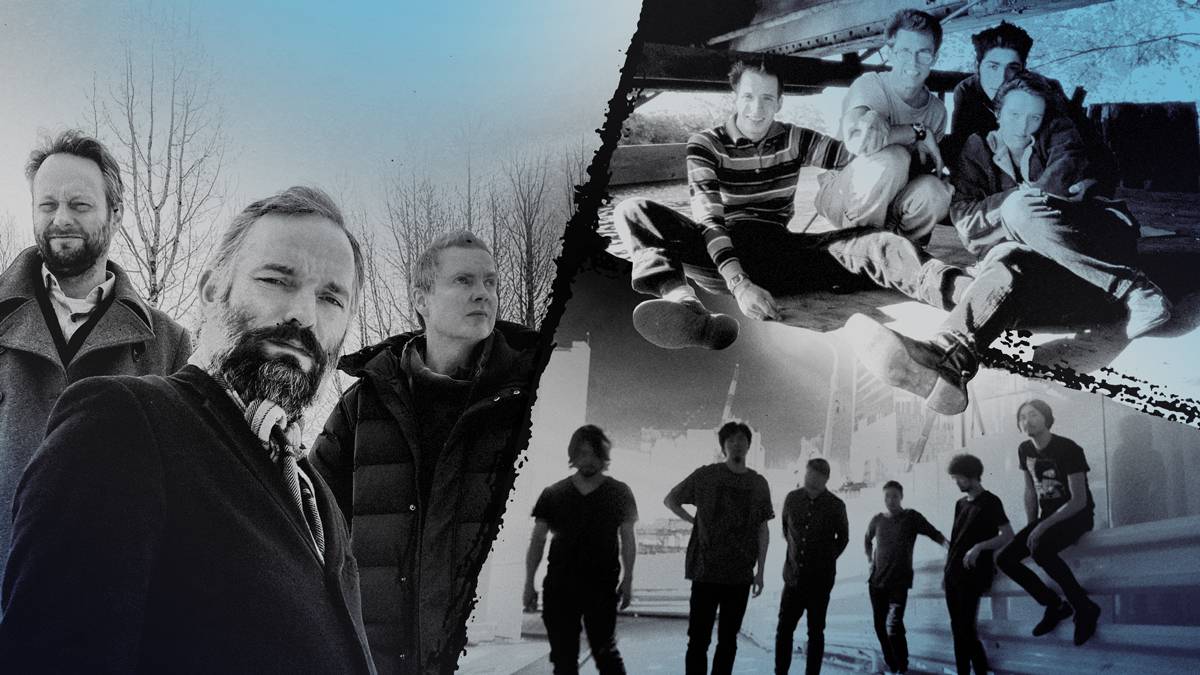Home>Genres>Rock>What Did Bob Dylan Do That Was Different Than The Other Rock Music


Rock
What Did Bob Dylan Do That Was Different Than The Other Rock Music
Modified: January 22, 2024
Discover how Bob Dylan revolutionized rock music and set himself apart from other artists in this captivating exploration.
(Many of the links in this article redirect to a specific reviewed product. Your purchase of these products through affiliate links helps to generate commission for AudioLover.com, at no extra cost. Learn more)
Table of Contents
Introduction
Bob Dylan, a name that resonates through the world of music and has left a lasting impact on the genre of rock music. Dylan’s career spans over six decades, and during that time, he achieved unparalleled success, acclaim, and influence. What made Bob Dylan different from other rock musicians of his time? Why is he considered a trailblazer and a true legend in the music industry?
Bob Dylan emerged on the scene in the early 1960s during the height of the folk music revival. Inspired by the likes of Woody Guthrie and Pete Seeger, Dylan started his career as a folk musician, captivating audiences with his powerful and emotionally charged performances. But as his career progressed, Dylan began to evolve and experiment with new sounds, blending folk with rock and creating a unique musical style that would define his legacy.
One of the key factors that set Dylan apart from his contemporaries was his ability to write poetic and thought-provoking lyrics. While other rock musicians at the time were primarily focused on catchy melodies and simple, straightforward lyrics, Dylan pushed the boundaries by infusing his songs with deep meaning and social commentary. His lyrics explored themes of love, war, politics, and the human condition, resonating with a generation hungry for change and poetic expression.
In addition to his revolutionary songwriting, Dylan was unafraid to experiment with different musical styles. He incorporated elements of blues, country, gospel, and even electric rock into his music, creating a diverse and eclectic sound that defied categorization. This willingness to push boundaries and defy expectations further solidified his status as an innovator in the genre.
Perhaps one of the most significant ways in which Dylan stood out from his peers was in his image and persona as a rock musician. While others embraced the stereotypical image of the flamboyant and larger-than-life rock star, Dylan presented himself as an enigmatic figure, often seen wearing simple attire and exuding an aura of mystery. His introspective and introspective demeanor added an air of authenticity and depth to his music, resonating with fans on a profound level.
Dylan’s impact was not limited to the realm of music alone; he played a crucial role in the counterculture movement of the 1960s. His songs became anthems for the civil rights and anti-war movements, providing a voice for the marginalized and disillusioned youth of the time. The power of his message and the emotional resonance of his music transformed him into a cultural icon and a symbol of rebellion.
Even today, Bob Dylan’s influence can be felt in the work of countless musicians and songwriters. His legacy as a trailblazer and visionary in the world of rock music is undeniable, and his ability to constantly reinvent himself throughout his career is a testament to his enduring talent and creativity. Bob Dylan’s impact on the genre is immeasurable, and his contributions will continue to shape and inspire generations of musicians to come.
Early Influences
Like many musicians, Bob Dylan’s artistic journey was shaped by a range of influences that contributed to the unique style and sound he developed. Dylan’s early years were spent immersed in the rich tapestry of American folk, blues, and country music, which laid the foundation for his later success and innovation in the rock genre.
As a young musician, Dylan drew inspiration from folk legends such as Woody Guthrie and Pete Seeger. He admired their ability to use music as a platform for social commentary and resonated with their commitment to speaking out against injustice. Their influence can be heard in Dylan’s early recordings, where he emulated their picking style and adopted their storytelling approach to songwriting.
Another pivotal influence on Dylan’s early musical development was the blues. He was captivated by the raw emotion and soulfulness of blues artists like Robert Johnson and Muddy Waters. Dylan absorbed their guitar techniques and integrated the melancholic and introspective elements of the blues into his own compositions. This infusion of blues into his folk repertoire added depth and intensity to his music, setting him apart from his contemporaries.
In addition to Guthrie, Seeger, and blues artists, Dylan also found inspiration in the country music tradition. He admired the honesty and simplicity of country songwriting and incorporated elements of this genre into his own work. Dylan’s use of storytelling and vivid imagery in his lyrics can be traced back to his appreciation for country storytelling traditions.
However, it would be a disservice to attribute Dylan’s early influences solely to American music. He also drew inspiration from traditional folk music from other cultures, including Irish and Scottish ballads. These musical traditions offered him a glimpse into the power of storytelling and the ability of music to transcend borders and unite people.
Dylan’s wide range of eclectic influences provided him with a rich palette of musical colors to draw from. By blending these different sounds and styles, he was able to create a unique and distinct sound that defied categorization. This early experimentation and exploration would set the stage for his groundbreaking contributions to the rock music genre.
It is important to note that while Dylan was influenced by these artists, he was not content with simply imitating their style. Instead, he took their influence and made it his own, infusing his songs with his own distinct voice and vision. This ability to absorb and reinterpret musical influences while maintaining his individuality is what made Dylan a true innovator in the world of rock music.
Blending Folk and Rock
One of the key aspects that made Bob Dylan stand out from other rock musicians of his time was his ability to blend the worlds of folk and rock music. Dylan’s early career was deeply rooted in the folk music tradition, but as he progressed as an artist, he began incorporating elements of rock into his sound, ultimately reshaping the boundaries of both genres.
Before Dylan, folk and rock were seen as separate entities in the music industry. Folk music was characterized by acoustic instruments and a focus on storytelling and social commentary, while rock music was associated with electric guitars, energetic performances, and a more rebellious attitude. However, Dylan challenged these conventions by merging the two genres in a way that had never been done before.
One of the key albums that highlighted Dylan’s skill in blending folk and rock was “Bringing It All Back Home,” released in 1965. On this album, Dylan included both acoustic and electric tracks, showing his ability to seamlessly transition between the two styles. The album received mixed reactions at the time, with some fans embracing the new sound and others resistant to the change.
Dylan’s decision to incorporate electric instrumentation into his music was met with controversy and backlash from the folk music community. Many purists saw this as a betrayal of the traditional folk sound and accused Dylan of “selling out.” However, Dylan’s foray into rock was a bold and visionary move that ultimately expanded the possibilities of both genres.
By blending folk and rock, Dylan was able to reach a wider audience and speak to different generations. The introspective and poetic nature of his folk roots remained intact, while the electric guitars added a new energy and intensity to his music. This fusion of styles created a unique sound that resonated with listeners who were hungry for something fresh and innovative.
Dylan’s success in blending folk and rock paved the way for future artists to experiment with genre boundaries. His ability to seamlessly transition between acoustic and electric sounds showcased the limitless potential of music and inspired generations of musicians to explore new directions in their own work.
Overall, Dylan’s skill in blending folk and rock was a testament to his versatility and creative vision. He defied traditional genre categorizations and created a sound that was distinctly his own. This ability to transcend musical boundaries and push the limits of what was possible in terms of genre fusion is one of the many reasons why Dylan remains an influential figure in the rock music landscape.
Poetic Lyrics and Social Commentary
One of the defining characteristics of Bob Dylan’s music is his ability to craft poetic lyrics that go beyond the surface level. Dylan’s songs are filled with rich imagery, evocative storytelling, and thought-provoking ideas. His ability to combine powerful imagery with social commentary elevated his music to a level of depth and meaning that was unparalleled in the rock music genre.
From his early folk songs to his later rock anthems, Dylan used his lyrics as a vehicle for social commentary and to shed light on the pressing issues of his time. He fearlessly tackled topics such as civil rights, war, poverty, and political unrest, providing a voice for the marginalized and oppressed. Dylan’s songs became anthems for the counterculture movement, stirring up change and inspiring a generation.
Dylan’s poetic and introspective lyrics allowed listeners to interpret his songs in their own way, fostering a sense of connection and empathy. His ability to capture complex emotions in simple yet profound words resonated deeply with his audience. Whether it was a song about love, injustice, or personal struggles, Dylan had a way of articulating the human experience in a raw and relatable manner.
One of Dylan’s most famous songs, “Blowin’ in the Wind,” became an anthem for the civil rights movement and a timeless symbol of hope and change. The lyrics of the song posed philosophical questions about war, freedom, and equality, challenging listeners to reflect on the state of society. This ability to spark introspection and provoke thought through his lyrics is a testament to Dylan’s poetic genius.
Furthermore, Dylan’s ability to use metaphor and symbolism in his lyrics added an extra layer of depth and nuance to his songs. His imagery was often rich and vivid, painting a picture in the listener’s mind and evoking emotions. Whether it was the “times that are a-changin’,” or the “rolling stone” that gathers no moss, Dylan’s lyrics became iconic and have been widely studied and analyzed by fans and scholars alike.
It is important to note that Dylan’s poetic lyrics went hand in hand with his unique vocal delivery. His distinctive and sometimes unconventional singing style became a trademark of his music, adding to the emotive power and authenticity of his performances. Dylan’s lyrics and his delivery blended harmoniously to create an artistic experience that transcended mere entertainment.
Bob Dylan’s poetic lyrics and social commentary not only elevated his music but also had a profound impact on the world. His ability to capture the spirit of his time and address issues that were pertinent to society earned him the respect and admiration of both critics and fans. Dylan’s songs continue to resonate with audiences, and his lyrical prowess remains a benchmark for songwriters within the rock music genre.
Experimentation with Different Musical Styles
Bob Dylan’s musical journey is marked by his fearless experimentation with different styles and genres. From his early folk roots to his ventures into rock, blues, country, and even gospel, Dylan constantly pushed the boundaries of his sound and refused to be confined by any one musical genre.
Dylan’s willingness to explore different musical styles was evident from his early career. While his acoustic folk songs established his reputation, he soon began incorporating elements of rock and roll into his music. This transition became particularly prominent with his 1965 album “Highway 61 Revisited,” which featured a more electric and energetic sound.
With this album, Dylan delved into electric rock, drawing inspiration from the emerging rock scene of the time. The incorporation of electric guitars and a more driving rhythm gave his music a newfound energy and power. This departure from his traditional folk sound was met with mixed reactions, but it marked an important turning point in his artistic evolution.
Not content with sticking to one sound, Dylan continued to experiment and evolve his music throughout his career. He ventured into blues with albums like “Blonde on Blonde” and “Blood on the Tracks,” infusing his songs with the soulful sounds and emotional intensity of the blues. This experimentation with different musical styles showcased Dylan’s versatility as a musician and his ability to adapt and reinvent himself.
In addition to rock and blues, Dylan also explored the realms of country and gospel music. He released albums like “Nashville Skyline,” which embraced a more country-inspired sound, and “Slow Train Coming,” which marked his foray into gospel music. These explorations into different genres showcased his ability to seamlessly incorporate different influences into his music, creating a diverse and eclectic body of work.
Dylan’s willingness to experiment with different musical styles not only showcased his artistic range but also influenced and inspired countless musicians. His fearless approach to blending genres and pushing the boundaries of his sound opened the door for future artists to explore new musical territories.
Moreover, Dylan’s experimentation with different musical styles also reflected his lifelong quest for artistic growth and personal expression. He never settled into a comfort zone, always seeking to challenge himself and explore new sonic landscapes. This constant evolution and willingness to take risks set him apart from his peers and solidified his position as an innovative force within the rock music scene.
Bob Dylan’s commitment to experimentation with different musical styles not only shaped his own career but also left an indelible mark on the music industry as a whole. His willingness to break conventions and explore new sonic territories continues to inspire generations of musicians to step outside their comfort zones and embrace the vast possibilities of musical experimentation.
Changing the Perception of the Rock Musician
Bob Dylan played a significant role in changing the perception of the rock musician and challenging traditional stereotypes within the music industry. In an era when rock musicians were often seen as self-indulgent and disconnected from societal issues, Dylan emerged as a musician who defied these expectations, using his platform to make a meaningful impact.
One of the ways in which Dylan challenged the perception of the rock musician was through his thoughtful and introspective approach to his music. While many of his contemporaries embraced the larger-than-life persona of the rock star, Dylan presented himself as a down-to-earth troubadour, more focused on the music and its message rather than surface-level glamour. His choice to prioritize substance over style set him apart and garnered him a reputation for authenticity and depth.
Dylan’s decision to use his platform to address pressing social and political issues further challenged the notion of the rock musician as superficial and apolitical. His songs became the voice of a generation seeking change, from civil rights anthems to anti-war protests. He tackled controversial topics head-on, raising awareness and sparking important conversations.
Beyond his music, Dylan’s refusal to conform to expectations extended to his personal life as well. While many rock musicians of the time succumbed to the trappings of fame and excess, Dylan remained fiercely private and grounded. He prioritized his artistry over fame and actively avoided the limelight, choosing instead to let his music speak for itself.
In addition to his nonconformity, Dylan also challenged the notion that rock musicians were solely entertainers focused on creating catchy tunes. Through his poetic lyrics and literary references, he elevated the songwriting craft and positioned himself as a serious artist in the realm of popular music. His ability to captivate listeners with his storytelling and profound insights blurred the lines between rock music and literature.
Dylan’s contributions to changing the perception of the rock musician earned him respect within the music industry and allowed him to break down barriers. His success and critical acclaim proved that rock music could be diverse, intellectually stimulating, and socially conscious.
His impact on the perception of the rock musician can still be felt today, as many artists continue to follow in his footsteps by using their music as a platform for social commentary and personal expression. Dylan’s influence on subsequent generations of musicians has helped reshape the perception of what it means to be a rock musician, emphasizing the importance of substance, authenticity, and social responsibility.
Bob Dylan’s ability to subvert expectations, challenge stereotypes, and merge artistry with social consciousness forever changed the perception of the rock musician. His legacy as a trailblazer and visionary continues to inspire and empower future generations of musicians to use their voices for change and make a lasting impact through their music.
Impact on the Counterculture Movement
Bob Dylan’s impact on the counterculture movement of the 1960s cannot be overstated. His music and lyrics became anthems for a generation of young people who were disillusioned with the establishment and hungry for change. Dylan’s ability to capture the spirit of the times and address societal issues resonated deeply with the counterculture movement, positioning him as a voice for the marginalized and a symbol of rebellion.
Dylan’s songs encapsulated the sentiments of the counterculture movement, which sought to challenge societal norms and promote peace, equality, and social justice. Songs such as “The Times They Are A-Changin'” and “Blowin’ in the Wind” served as rallying cries, empowering the youth to question authority and actively participate in shaping a better future.
Through his music, Dylan provided a voice for those who felt voiceless and gave legitimacy to their struggles. His honest and introspective lyrics spoke to the experiences and frustrations of a generation that yearned for a more just and equal society. Dylan’s songs offered solace, inspiration, and hope to those who were fighting for civil rights, protesting against the Vietnam War, and advocating for a more inclusive society.
Dylan’s association with the counterculture movement extended beyond his music. He was closely aligned with influential figures such as Allen Ginsberg and Joan Baez, who themselves were outspoken activists. Dylan’s influence and presence at pivotal events, such as the March on Washington and the Newport Folk Festival, solidified his role as not only a musician but also as an active participant in the counterculture movement.
Moreover, Dylan’s refusal to conform to societal expectations and his rejection of the traditional trappings of fame resonated with the counterculture ethos. He embodied the spirit of nonconformity and self-expression, inspiring others to challenge the status quo and strive for personal freedom and authenticity.
Importantly, Dylan’s impact on the counterculture movement extended beyond his own era. His music and ideals continue to inspire subsequent generations of activists and musicians. His songs have been covered by countless artists who seek to carry on his legacy and keep his messages alive.
In summary, Bob Dylan’s impact on the counterculture movement was profound. Through his music, lyrics, and personal ethos, he embraced and embodied the ideals of the movement, giving voice to a generation of young people who were fighting for change. His influence continues to be felt today, as his songs remain powerful anthems for those pushing for social justice, equality, and freedom.
Legacy and Influence
Bob Dylan’s legacy as a musician and cultural icon is far-reaching and enduring. His contributions to the world of music have left an indelible mark on the industry and continue to resonate with audiences worldwide. From his poetic lyrics to his willingness to push boundaries and defy categorization, Dylan’s influence can be seen in every aspect of rock music and beyond.
Dylan’s impact on the art of songwriting is immeasurable. His ability to craft profound and thought-provoking lyrics revolutionized the way people approached songwriting. He elevated the genre to new heights, infusing it with literary elements and poetic depth. The influence of Dylan’s songwriting can be seen in the work of countless musicians who followed in his footsteps, from singer-songwriters to rock bands. His songs continue to be covered and interpreted by artists of all genres, a testament to their enduring power and versatility.
Beyond his songwriting, Dylan’s influence extends to his musical style and approach. His willingness to experiment with different genres and blend folk, rock, blues, and country created a blueprint for future musicians to explore and innovate. Many artists have drawn inspiration from his eclectic approach to music and have built upon his foundation to shape their own unique sounds.
Moreover, Dylan’s impact reaches beyond the realm of music. His artistry and outspokenness on social and political issues made him a symbol of the counterculture movement of the 1960s. He challenged social norms and inspired a generation of activists to question authority and fight for change. His influence on the intersection of music, activism, and social consciousness can still be felt today, as musicians continue to use their platform to address societal issues and advocate for justice.
Dylan’s legacy is also evident in the way he transformed the perception of the rock musician. He shattered stereotypes and defied expectations, emphasizing the importance of substance, authenticity, and personal expression. His influence can be seen in the way musicians today approach their craft, focusing on artistic integrity rather than conforming to industry standards.
Throughout his career, Dylan has been recognized with numerous accolades, including multiple Grammy Awards, an Academy Award, and the prestigious Nobel Prize in Literature. These honors further solidify his status as a cultural icon and a truly groundbreaking artist.
Bob Dylan’s influence extends beyond his lifetime, as his music and ideas continue to inspire and resonate with audiences of all ages. His songs have become part of the fabric of popular culture, and his impact on the world of music and beyond is immeasurable. As future generations discover his vast body of work, Dylan’s legacy will undoubtedly continue to shape and inspire the landscape of music for years to come.
Conclusion
Bob Dylan’s unique and groundbreaking contributions to the rock music genre have solidified his place as one of the most influential and iconic musicians of all time. From his early folk roots to his ventures into rock, blues, country, and beyond, Dylan constantly pushed the boundaries of his sound, reinventing himself and challenging conventional norms.
What set Dylan apart from other rock musicians of his time was his ability to blend diverse musical styles, write poetic lyrics, and make powerful social commentary. His willingness to experiment with different genres and infuse his music with depth and meaning captivated audiences and inspired generations of musicians.
Dylan’s impact extended far beyond the realm of music. He became a symbol of the counterculture movement, using his platform to empower and give voice to those fighting for change and social justice. His rebellious spirit, authenticity, and refusal to conform to societal expectations transformed the perception of the rock musician and influenced generations to come.
Today, Dylan’s legacy and influence can still be felt in the work of countless artists. His poetic lyricism, blending of genres, and fearless approach to music continue to inspire and shape the landscape of popular music. His songs, which remain iconic and timeless, serve as a reminder of the power of music to incite change and touch the hearts of people around the world.
In conclusion, Bob Dylan’s impact on rock music and popular culture as a whole is undeniable. His innovation, authenticity, and social consciousness have left an indelible mark on the music industry and continue to inspire generations. Bob Dylan’s legacy will forever serve as a testament to the power of artistic expression, the importance of pushing boundaries, and the enduring strength of music to provoke thought, ignite passion, and create lasting change.











